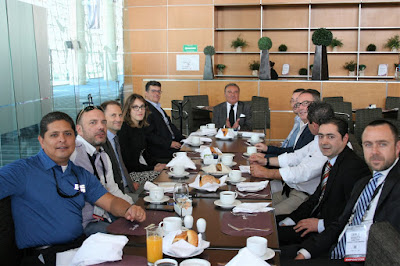
There are big Italian companies, known all
over the world that, without prejudices, did
something in –depth and compared with the
territory that goes on over time despite the
crisis
periods, the production changes, the normal
difficulties
that are part of the “undertake”.
Since seventy years Snaidero, located in
Majano, in the
province of Udine, manufactures kitchens by
applying
its own tradition and experience in the
technological
research and innovation. The company has moved
from
the original idea to produce kitchens by using
serial
concepts -are an inspiration the “American
kitchens”- to
the current “smart kitchen” - the English
word “smart” includes different shades of the
concept:
elegance and attractiveness, creative and
reactive
intelligence - able to give intelligent
solutions, really
flexible, very competitive in term of costs, at
the same
time, with a high quality level; these latter
features
typical of Made in Italy excellence, that can be seen
in the
success of foreign market (essentially American
but also
English, Turkish and of the Far
East), which accounts for
50% of the annual turnover, complementary to
the other
50 of national market. But the philosophy which
is the
guiding principle for the company’s productive
choices is
still the man, both as buyer and worker. The
attention for
these areas took Snaidero 10 years ago to
install a plant
able to coat with waterborne products and to
choose for
a large part of production, low environmental
impact
coatings (high solid UV, for example) and UV
waterborne
finish.





















































